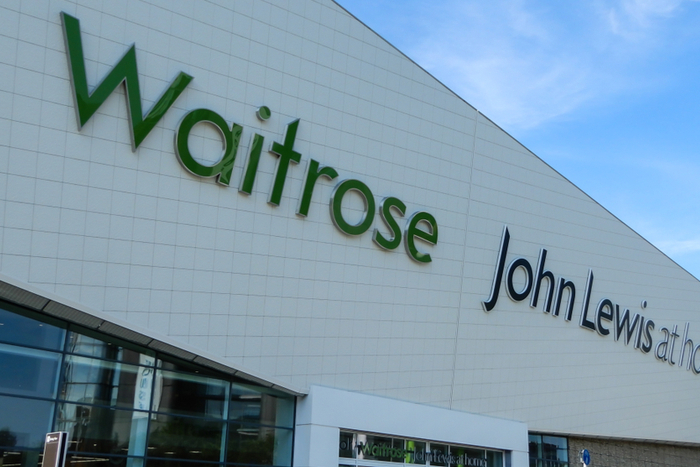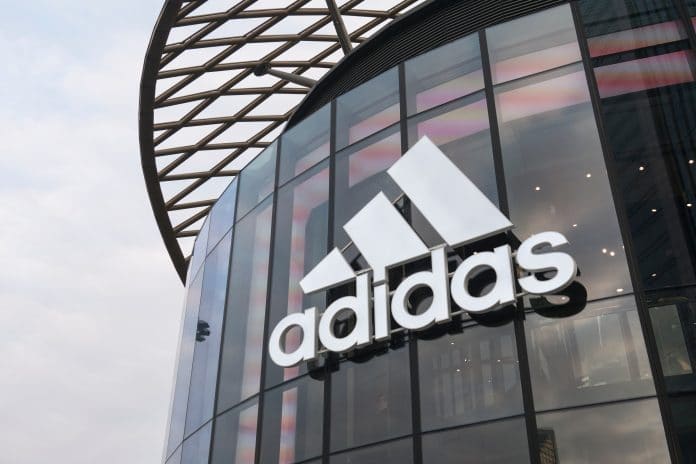After a year in which John Lewis Partnership has returned to growth largely due to its cost-cutting efforts it is pushing ahead with investing in its turnaround. And there’s one big area that is getting a lot of investment – value.
It is perhaps unsurprising that the partnership is focusing on keeping prices keen. Inflation is rocketing and energy bills and petrol prices are soaring.
As John Lewis Partnership chair Dame Sharon White says: “The cost of living pressures are real – real for our partners and customers – and we’re doing everything we can in our power to try to limit the impact,” she says.
“We want our great products and quality to be high value and affordable,” she adds.
Investing in price
So, what is the partnership doing?
The business may be about to ditch its Never Knowingly Undersold price promise, however, it is investing heavily in keeping prices low.
In department store John Lewis, it is ploughing £500 million into pricing and promotions.
A sizeable portion of that will go towards expanding its Anyday brand, which John Lewis executive director Pippa Wicks says is its most successful own-brand launch ever with £120 million sales in its first nine months.

“Anyday has been a really successful launch for us. It combines our lovely quality with terrific value for money,” she says.
“We’re offering products at all price ranges so that our customers can shop where it works for them.”
It will extend Anyday into categories such as kidswear, outdoor furniture and swimwear for spring summer 2022.
Lowering prices in one of the most inflationary environments in history is no mean feat. And it’s an environment that is only going to get more punishing due to the war in Ukraine, according to White.
“We’re expecting inflation to be more permanent, more persistent, and certainly at a higher level than when we were all gathered for half-year results [in September],” she admits.
“There’s a lot of uncertainty. Clearly with the situation in Ukraine, the human tragedy above all else, is building more inflation in a more permanent and more systemic fashion.”
Meanwhile,Waitrose executive director James Bailey is doing what he can to minimise the impact of inflation for its customers. He says that across the wider market, grocery inflation is currently running at between 3% to 4%, while Waitrose prices had edged up 3% to 3.5%.
“There is no way that some of this inflation doesn’t come through but by working across the supply chain we can protect our customers from the majority of these price increases,” says Bailey.

It will also offer customers targeted savings on the products they buy the most through its MyWaitrose loyalty scheme.
Bailey explains: “We’re trying to be very careful about the products we have to increase in price, and we’re trying to reinvest heavily in myWaitrose to try and make sure the customers that are loyal to Waitrose can enjoy our products on a weekly and monthly basis – this way we present them with great value to offset some of those price increases.”
Customers need reassurance on price right now. Bailey says that customer confidence has collapsed across the market over the past couple of months as shoppers react to news of soaring energy prices and rising taxes.
“We need to meet customers on their terms and guide them through their grocery shop in a way that helps with personalised offers. We need to meet them half way during this cost of living crisis” he says.
Independent analyst Nick Bubb says Waitrose had to take action to minimise price rises. “The surge in food price inflation is going to be hard to pass on as it is already so uncompetitive in terms of weekly shopping basket costs,” he says.
Can John Lewis win on value?
As Bubb points out, John Lewis and Waitrose are viewed as “rather expensive places to shop”. Given this, can the business really win customers over with a value message?
GlobalData research director Patrick O’Brien says it already has and adds that Anyday’s “large promotional effort seems to be working”.
Indeed, John Lewis flags that the new brand is bringing in new shoppers as 25% of Anyday buyers are new or reactivated customers.
“It’s about bringing younger, less affluent shoppers,” adds O’Brien. “John Lewis is still perceived as a premium brand.”
However, Retail Economics chief executive Richard Lim is concerned that this big value push could damage it’s premium status.
“There’s a risk of John Lewis diluting its brand. It’s built on being an aspirational brand for shoppers,” he points out.
Lim wonders if the John Lewis shopper is as concerned about value as its management team believe.
He highlights that the cost of living crisis has created a polarisation of households and while the most disadvantaged families will fall into recessionary behaviours, this does not really apply to John Lewis’s distinctly middle-class shopper.
“Anyday is trying to reach a new segment of customer that is trying to stretch out its budget. That’s not the John Lewis shopper,” says Lim.

The strong value messaging also pitches John Lewis against a different competitor set, one that it will struggle to match in terms of price.
“Can they really compete with Primark in clothing or Dunelm in home?” asks Lim.
However, O’Brien believes that value is important to a broad church of customers, but “it translates differently for different people”.
“JLP is trying to show that the Anyday range is not the cheapest but it’s a solid price proposition. It doesn’t see value as cheap,” he says.
It’s a point Wicks herself makes. “It’s not about competing on value, it’s about having more accessibility to a wider range of price positionings,” she emphasises.
However, this wider range of price positioning does hold the potential to cannabilise margins, according to O’Brien, who points out if 25% of Anyday shoppers are new customers, 75% are existing customers trading down.
For example, a John Lewis customer who, as Lim suggests, does not place value as their top purchasing consideration may have been perfectly happy to buy a £60 John Lewis highchair for their child but instead opts for the £35 Anyday version, which still holds the trusted John Lewis brand name.
Ultimately, Lim believes that value, although important, is not how John Lewis should be aiming to win custom.
“It’s core point of differentiation in the market is not value, it should be service. The John Lewis customer is willing to pay slightly more for a better experience and a higher level of customer service,” he says. “However, its focus on cost cutting in recent years means their service has suffered.”
Wicks insists that “it’s roots in service and quality” are fundamental to John Lewis and highlights that the business has invested in sending staff to its ‘School of Service’ to upskill partners in the service that it is known for.
However, it is certain that the level of investment in service will be nothing like the hundreds of millions it is ploughing into value initiatives.
In the meantime, the “difficult but necessary” decision White made to cut partners has had an impact on staffing levels and service standards have diminished in store. Plus, with two thirds of its sales now coming from online, the retailer really needs to work out what great service looks like in-store.
Cost cutting has put John Lewis Partnership on a stable financial footing, however, if it wants to build on this it needs to spend more of its efforts in reclaiming its famous service prowess. That is where the real value lies for John Lewis shoppers.
Click here to sign up to Retail Gazette‘s free daily email newsletter


















